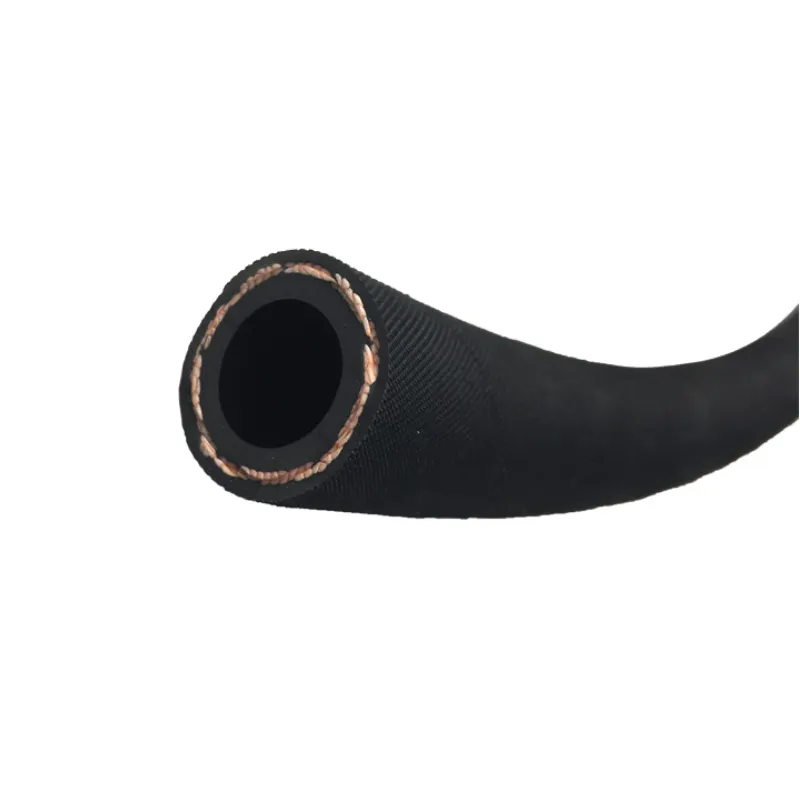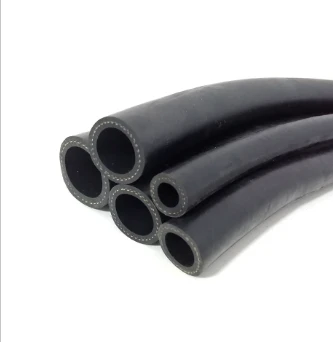
2 月 . 14, 2025 09:10 Back to list
can hydraulic hose be used for diesel fuel


Real-world experience reveals mixed feedback on the use of hydraulic hoses for diesel fuel. In emergency circumstances or temporary setups, such a solution might be implemented successfully. However, long-term use without prior testing and validation can lead to unanticipated maintenance issues. Cost-benefit analysis becomes paramount; any immediate savings on hose purchases could be offset by long-term repair costs due to premature hose failure or associated system breakdowns. Trustworthiness in this application hinges on the communication of these risks and the adherence to best practices. Operators should consider consultation with hose manufacturers or experts who can provide recommendations tailored to specific operational requirements. These professionals can offer insights into material performance, compatibility monitoring, and future innovations that might better bridge the gap between hydraulic and fuel systems. For authoritative use, product-specific documentation and rigorous quality checks facilitate informed decision-making, ensuring that operational safety and efficiency are not compromised. Furthermore, engaging in comparative analysis of industry case studies where cross-application of hoses has been attempted could yield valuable guidelines for similar adaptations. In conclusion, while the adaptability of hydraulic hoses for diesel fuel might offer temporary solutions under certain conditions, various factors including material compatibility, regulatory compliance, and operational risk must be meticulously evaluated. Leveraging expertise, validating performance through testing, and adhering to established standards can form the foundation of a successful integration strategy, safeguarding both personnel and equipment against potential hazards. Through such diligence, the path to effective implementation can be navigated with authority and confidence.
Latest News
Steel Wire Reinforced Hydraulic Hose SAE 100 R1 / EN853 1SN S
NewsOct.17,2024
Two Layers Steel Wire Reinforced Hydraulic Hose SAE 100 R2 / EN853 2SN
NewsSep.03,2024
Textile Braid Reinforced Hydraulic Hose SAE100 R3+R6
NewsSep.03,2024
Textile Reinforced Hydraulic oil Suction Hose with embedded Steel Wire SAE 100 R4
NewsSep.03,2024
Single Wire Braid and Textile Covered Hydraulic Hose SAE 100 R5
NewsSep.03,2024
High Pressure Thermoplastic Hydraulic Hose SAE 100 R7 / EN855 R7 - SAE 100 R8 / EN855 R8
NewsSep.03,2024
Heavy Duty Four-layer Steel Wire Spiral Reinforced Hydraulic Hose SAE100R9+R10+R12
NewsSep.03,2024
Heavy Duty Multi-layer Steel Wire Reinforced Hydraulic Hose SAE100R13 SAE100R15
NewsSep.03,2024
Latest Products











